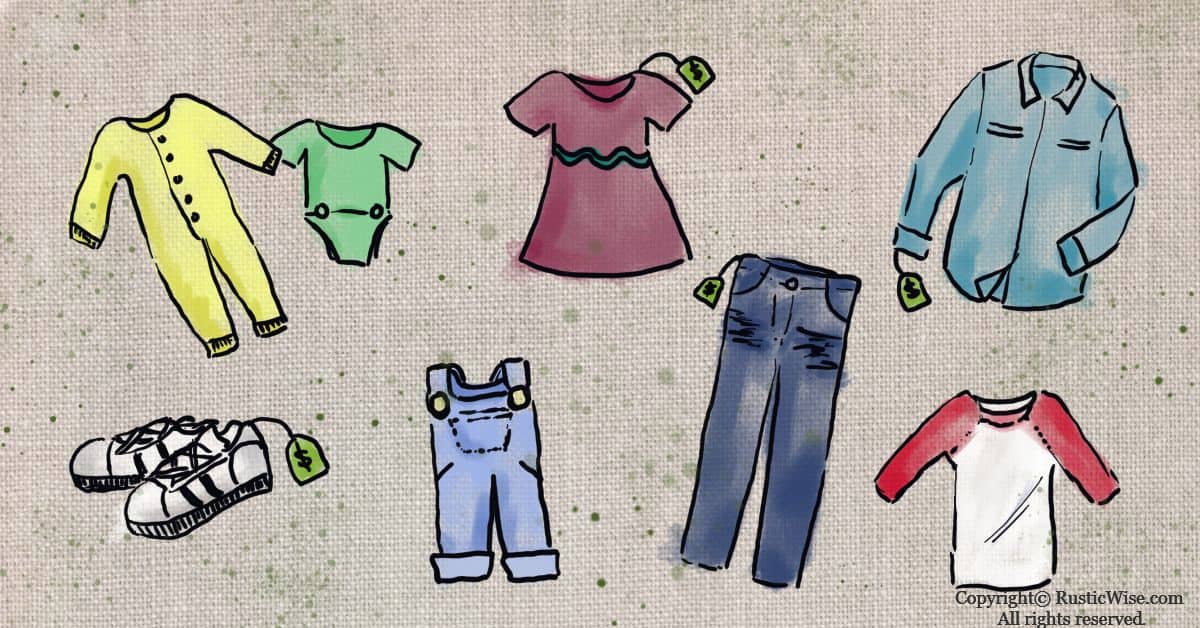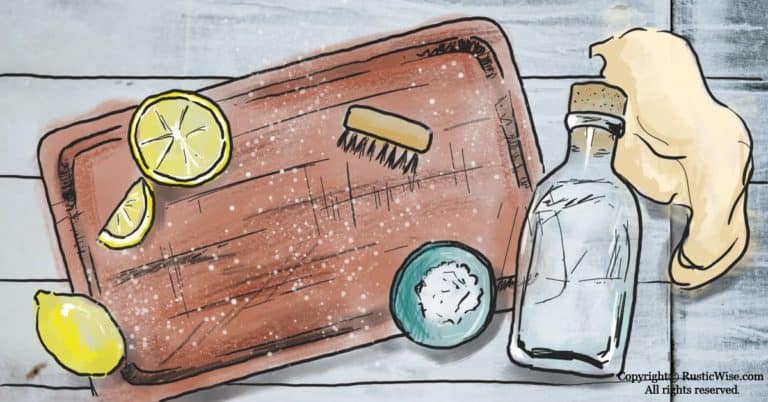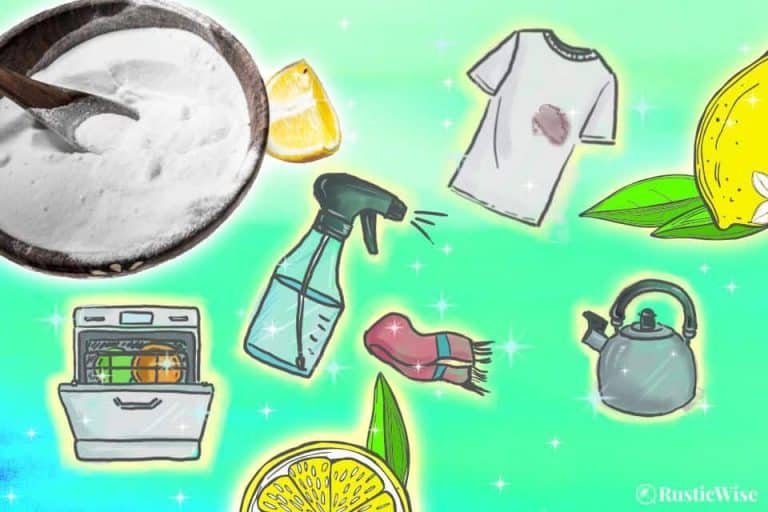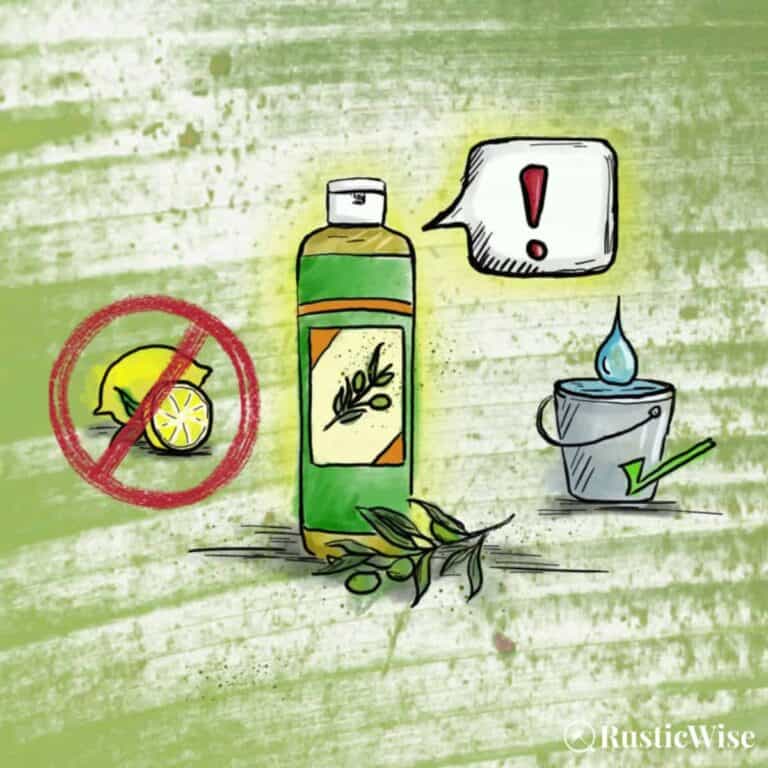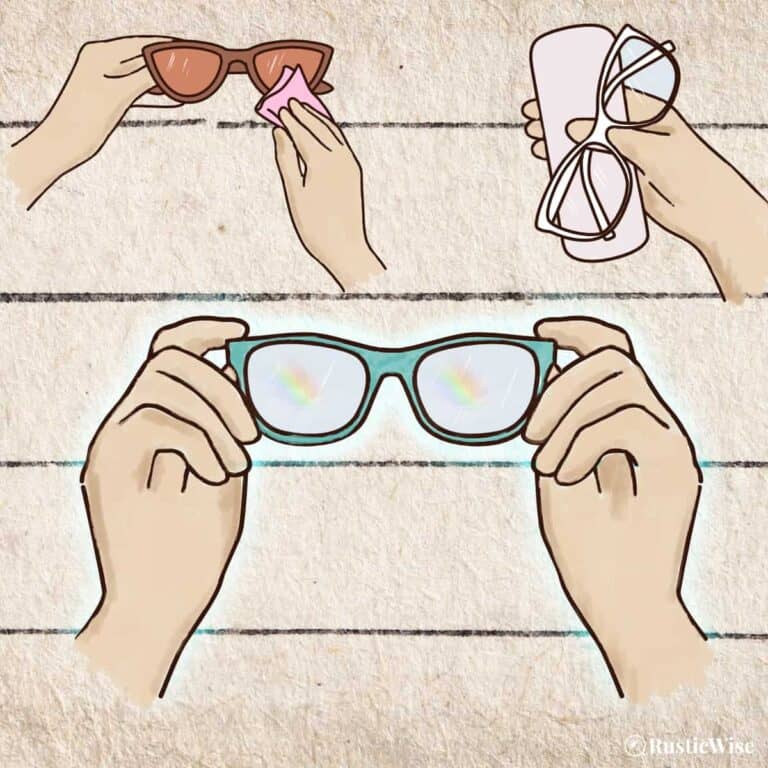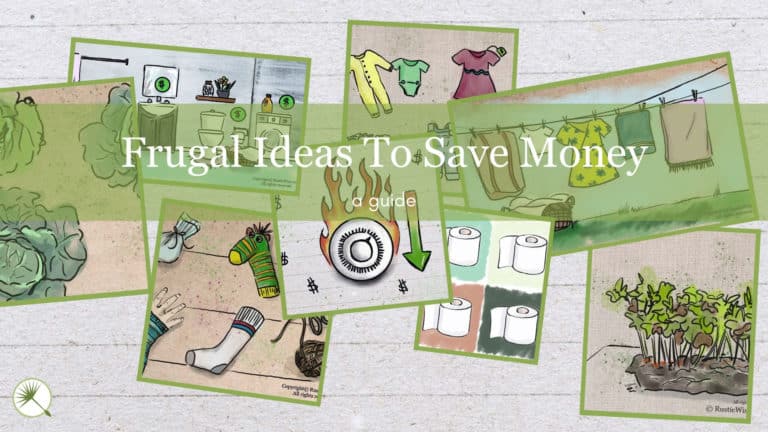How To Save Money on Kids’ Clothes: 20 Simple Tips
If you find yourself blowing your monthly budget on clothing for your sprouting child, you’re not alone. Kids grow so fast, and needing to update wardrobes several times a year isn’t unusual. But this quickly adds up. Here’s a roundup of 20 tips on how to save money on kids’ clothes.
The good news is: you don’t need to go broke buying brand-new clothing. And don’t worry, you won’t need to dress them in potato sacks in order to save money.
The United States Department of Agriculture (USDA) released its Expenditures on Children by Families report in 2017, about how much it costs to raise a child born in 2015 from birth to age 17. They estimate it costs $233,610 (which doesn’t include the cost of college).¹ Roughly 6 percent of this money is spent on clothing. This equates to an estimate of $14,016.60 spent on clothes, or roughly $824 spent per child each year on clothing.²
If this seems like a lot of money to you, you’ve come to the right place. If you have more than one child, you’ll obviously need to spend more. Although with multiple kids you can piggyback on costs by sharing or handing down clothes.
I have two kids: a daughter and a son who are less than 2 years apart. I’d like to think I learned a few things along the way (but hindsight is 20/20) and I’m still learning!
Here are a few tips on how to save money on kids’ clothes.
20 simple tips on how to save money on kids’ clothes
1) Buy gender-neutral clothes
This is one of the best money-saving things to do to make hand-me-downs so much easier. Besides, buying gender-specific clothing has become less of a societal norm. Boys can wear pink (if they want), while girls are perfectly fine in blue.
One firstborn was a girl, but my husband and I knew we’d likely have one more child. From the get-go, we made a conscious effort to buy unisex clothes in white, cream, beige, yellow, green, and blue.
We bought clothing with gender-neutral motifs (hello, animals of the forest and jungle!). We avoided clothing with patterns or motifs we deemed overly girly or boyish. Of course some pink inevitably crept its way in, but that’s fine.
When baby number two (a boy) came along shortly afterwards—boom—instant wardrobe! We didn’t have to buy anything new (besides a few diapers).
Even if you only plan to have one child, buying gender-neutral clothes makes it easier to hand down used clothing to friends, family, or resell.
2) Look for clothing with these features
Some cuts of clothing are more forgiving than others. You can grow an inch or two wider and taller, and the clothes are still wearable. Particularly with toddler’s clothing, you can’t go wrong with clothing with the following features:
- Elastic or drawstring waistband: Hey, you might not win any fashion competitions as an adult by wearing pants with elastic waistbands, but with young’uns, it’s really no problem.
- Pants with adjustable waistband straps: Jeans in particular are less forgiving. However, look for pants with the built-in adjustable waistband buttons and you’re golden.
- Toe-less sleepers: If your child is wearing one-piece sleepers, they’ll get much more wear out of a pair of sleepers sans toes.
- Flowy dresses and shirts for girls: Dresses and shirts with a bias or A-line cut allow more room to move around and to grow.
- Stretchy fabrics: Nobody likes to wear restrictive clothing, especially kids. Stretchy fabrics are your friend and are more forgiving when a growth spurt occurs.
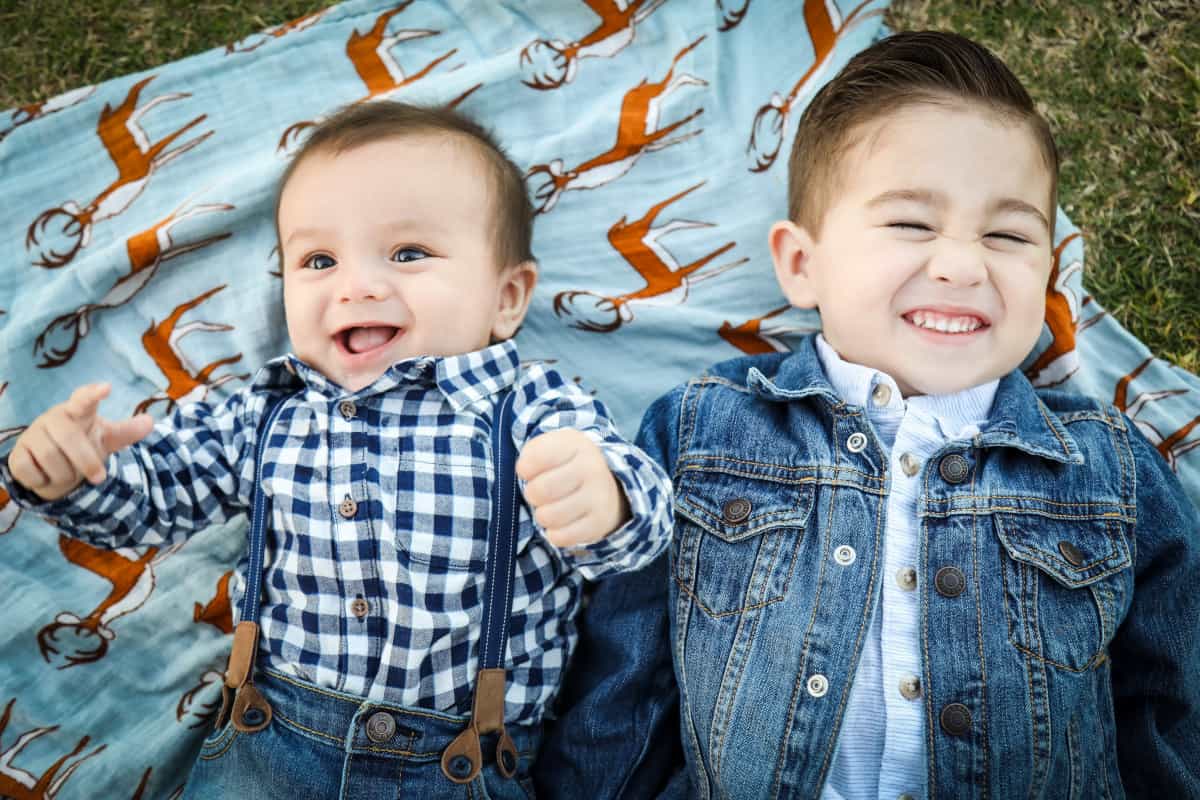
3) Don’t be shy about asking friends and families for hand-me-downs
Most parents have piles of outgrown clothing they would love to unload. The problem is that they often don’t think of handing them down to you and your kiddos because they might think you don’t want it.
The trick is in the art of asking.
If you’re like me, you may wilt at the prospect of asking for handouts. But it doesn’t have to be outright asking per se. Just say something like, “If you ever have any clothes that no longer fit your kids, I’d be happy to take them off your hands.”
4) Rethink how much clothing one child actually needs
Just as many adults have tried to pare down their wardrobes for the sake of simplicity and savings, it’s time to apply this same concept to kids’ clothes.
If your little one’s closet is overflowing, it’s time to rethink how much clothing he or she really needs. A basic, workable wardrobe goes something like this (you’ll have to make adjustments of course depending on your climate):
- Jackets (one for cool weather, one for warm weather, plus a raincoat perhaps)
- 2-3 pairs of comfy sweatpants or “home” pants
- 2-3 nicer pairs of pants
- A handful of t-shirts
- A few long-sleeved shirts
- 2-3 warmer sweaters
- 3-4 pajamas
- Socks and underwear
- 1-2 pairs of shorts
- Footwear (one pair of running shoes, one pair of warm-weather shoes, one pair of boots)
- One dressy outfit (optional)
5) Avoid trends
“Trendy is the last stage before tacky.”
—Karl Lagerfeld
When it comes to kids’ clothing, it’s best to stick with the classics. This applies to patterns, motifs, and styling. Sure, unicorns and sparkles are all-the-rage right now, but for how long?
A plain, black hoodie, or a classic-knitted sweater has more staying power.
6) Forget the licensed gear
Not only does licensed clothing (think Nintendo or Disney characters, sports teams logos, etc.) cost more, it also falls under the “trendy” category.
Remember Angry Birds? Exactly.
7) Separate home/play clothes from nicer clothes
We’ve gotten into the habit of changing into comfy “home” clothes right after school. Home clothes are often the comfiest and perhaps ugliest clothes of the pile. The kids are free to play outside without worrying about grass stains or jumping in mud puddles.
Besides, there’s something so liberating about not worrying about dirtying, ripping, or staining home clothes. Kids can be kids. These clothes often end up so worn out they’re cut into rags for use around the home.
Now, the kids’ school clothes are a different matter. We take care of those. They go in the closet after school, and get less wear-and-tear. We try to keep these in good condition.
8) Make a list before going shopping
Just as you would make a list of groceries before hitting up the grocery store, it’s also a good idea to do the same when shopping for children’s clothing. It’s easy to get carried away when shopping in-store and caught up in the “cuteness” of an eensy-weensy cardigan or dress.
Make a list and (try) to stick with it.
9) March right to the back of the store to the clearance section
The front is where the retailers get you. Everything is arranged so nicely and color-coordinated. Everything is also full price at the front of the store.
That’s why I suggest you keep your eyes down upon entering a store. Keep walking until you’ve reached the back where the clearance section is. Now take a look around.
Most items in the clearance section are steeply discounted. Most items are in good condition. Keep an eye out for items that may be slightly damaged or returned. Depending on your personal situation, you may (or may not) be cool with that.
10) Where to buy cheaper kids’ brand-new clothing
Buying brand-new clothing for kids doesn’t have to break the budget if you shop in the right stores. Here are a few starting places to look for reasonably-priced kids’ clothes.
- Big-box stores: Walmart, Target, and sometimes Costco, have good deals on kids’ clothing. Walmart and Target are great places for cheaper t-shirts, socks, and underwear.
- Overstock retailers: You can sometimes score great deals on brand name clothing at stores like Winners and Marshalls.
- Old Navy and Children’s Place: These are good places to shop for school clothing including school uniforms. They also offer cash coupons that you can use for future purchases if you spend a certain amount.
- H&M: They often have online and in-store sales (especially during back-to-school and Christmas) that you can take advantage of that are up to 50 percent off (sometimes more). They also have a great sustainability initiative where they accept donations of used clothing (of any brand). When you drop off a bag of used clothing, you’ll get a 15 percent off coupon to use toward your next purchase.
11) Buy secondhand clothes
If the thought of buying secondhand clothes makes you cringe, you’ll get over it fast when you realize you can save a ton of money this way.
Most secondhand kids’ clothes are in good condition (remember kids grow up fast, right?) and many items have only been worn a few times, especially dressy clothes.
Where to buy children’s secondhand clothes
- Local clothing swaps: We’ve personally had good luck going to local ‘Outgrown It’ sales and clothing swaps where parents set up tables to hawk their gently-used children’s clothes for a few dollars. We’ve come out buying dozens of clothing items for less than $50. Check your local listings for these events which often occur every few months or so.
- Facebook Marketplace, Kijiji, Craigslist: Look up “kid’s clothing bundles” and you’ll find tons of sellers offering dozens of clothing items at a fraction of retail cost. Search by size or gender.
- Consignment stores: Once Upon a Child has locations throughout North America. Bring in your gently-used clothes, toys, and shoes, get paid for it, and spend your money buying the stuff you need.
- FreeCycle: Most major cities have a local FreeCycle group, offering, yup, free stuff, including kids’ clothing. If you’re not signed up, find your local group, and hit the Request to Join button. Once you’re approved, you’ll need to offer something for free first before you get to claim free stuff.
- Online: ThredUp is a U.S.-based online consignment store/giant clothing swap that offers shipping to the U.S. and Canada. Send in a box of gently-used clothing. You’ll get either cash back, or a store credit.
12) Go big, or go home
Since kids are constantly growing, it makes good sense to buy clothes that are one or two sizes larger.
Slightly larger jeans (with adjustable waistbands) can be cuffed or temporarily hemmed to fit. Sweaters and jackets are more comfy when larger anyway.
Place insoles in shoes that are slightly too big.
13) Buy versatile pieces that you can mix-and-match
I’m not a big fan of matchy-matchy outfits. I prefer items that you can easily mix-and-match both from a practicality and style perspective.
Buy clothing staples in neutral colors, and add a pop of color with accessories, or less expensive items like t-shirts.
14) Shop ahead of time and at end-of-season
I’ve scored many pricey winter jackets and snowpants towards the end of the winter season. They are ridiculously discounted (50-80 percent off). Just remember to buy one or two sizes larger so they still fit next year.
Buy beachwear and swimsuits at the end of summer too for the next year.
It pays to keep a running list of all the items you’ll need for the year, and plan to shop ahead of time to take advantage of deals.
15) Consider borrowing clothes for special occasions
I’ve had too many kids’ dresses, or mini-suits that have literally only been worn once. If you have a family member or friend with kids of a similar age, consider asking to borrow an item or two, or arrange a clothing swap to save money.
16) Take good care of them
To save yourself the costs of having to replace clothing, take good care of them.
- Add a splash of vinegar instead of fabric softener and skip the dryer sheets: Did you know that dryer sheets actually cause children’s pajamas to become less flame-resistant? Read our post about ditching dryer sheets.
- Air-dry when possible: The heat of the dryer, plus the tumbling cause clothes to wear out faster.
- Soak clothing in water as soon as you spot a stain: Apply a stain-remover, or soak the clothing in vinegar. Don’t add to the dryer until the stain is removed as this sets it in.
17) Sign up for email lists from your favorite stores
I have a dedicated “junk mail” email account I use to sign up for email lists so my regular inbox isn’t bombarded. You’ll be the first to know about store specials and sales.
18) Stay organized
Sometimes you think your child may not have any jeans at all, only to find a few pairs stuffed at the back of the closet.
If you happen to have a lot of hand-me-downs, don’t leave them in a big, unorganized heap. Instead, try organizing them by size if possible so you can just grab a bag as needed.
Keeping a reasonably-organized closet is also a good life skill to teach your little ones. They can help you fold and put away laundry!
19) The art of mending
Our grandparents often didn’t have the luxury of simply going to the store to pick up a new pair of pants whenever they felt like it. They mended, repaired, and made the best of what they had.
Finding the time to break out the sewing machine, or hand-sew is often the problem. When you’re short on time, one of the easy fixes I love are iron-on patches for mending holey jeans. Do they last forever? Nope. But they do last for several washes before they need re-ironing and are great for when you’re in a pinch.
If you’re serious about mending worn out clothes, you don’t need to be the world’s greatest sewer. You just need to learn a few basic repairs such as:
- Sew a button
- Hem pants
- Darn socks/stockings
- Reattach a strap
- Mend small holes
20) Get creative
There are many ways to extend the life of your kids’ clothing. Here are just a few ideas:
- Extend the life of baby onesie pajamas by cutting off the toes.
- Turn a pair of old tube socks into leg warmers by cutting off the bottoms (a pair of old adult socks works well for children too).
- Buy a onesie extender, which allows you to get more wear out of that onesie while your baby is growing.
- Turn those ripped up jeans into cool cutoffs/shorts.
- Turn fabric scraps into headbands.
How to save money on kids’ clothes: the takeaway
Are you spending anywhere near the USDA’s estimate of $824 a year on clothing for your child? If this amount is too much for you, apply a few of the tips we covered above and stay disciplined with your spending. The key to saving money is planning ahead. So shop for next season’s clothing when it’s on sale. Check out local clothing swaps. Buy clothing a size or two bigger. Your wallet won’t be drained, and you’ll stay on top of the wardrobe game.
👉 If you like this post, see other Frugal Ideas To Save Money. 💰
Would you like more timeless tips via email?
Fun tips to help you live an independent, self-sustaining lifestyle. Opt-out at any time.


References:
- U.S. Department of Agriculture (USDA), Expenditures on Children By Families Reports – All Years, https://www.fns.usda.gov/resource/expenditures-children-families-reports-all-years. Accessed December 2020.
- USDA, The Cost of Raising a Child (Infographic), https://fns-prod.azureedge.net/sites/default/files/CRC_Infographic-2015.2_0.pdf. Accessed December 2020.

Author: Theresa Tesolin
Theresa is co-founder of RusticWise. She helps people unleash their inner DIY spirit by encouraging them to get dirty and make or grow something from scratch.

